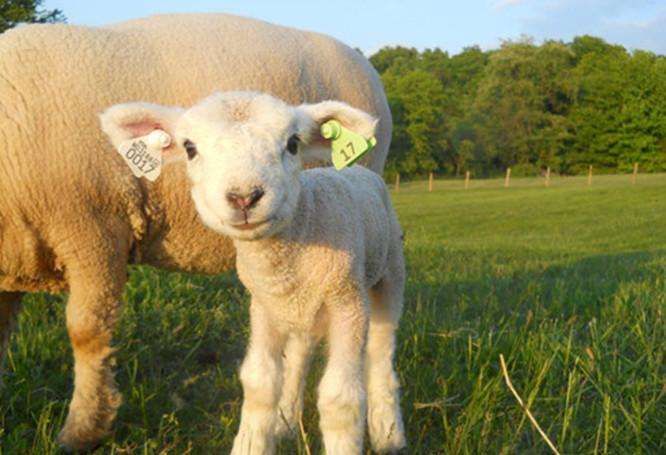Low Frequency RFID
Low Frequency (LF) RFID is a band on the radio frequency spectrum that typically operates between 125 kHz and 134 kHz. Technically, LF applications can operate on a larger bandwidth from 30 kHz to 300 kHz; however, the specific band varies from country to country and depends on frequencies set aside for radio and marine life tracking.
LF RFID communicates in a similar fashion to HF/NFC RFID in that it uses electromagnetic coupling to send and receive signals. Below are a few facts about LF RFID:

Only small amounts of data can be stored on the tags.
LF tags are typically smaller than other types of RFID tags.
LF systems have shorter read ranges than both HF and UHF RFID.
LF tags are able to operate around liquid or metal items.
LF tags require less energy to operate.
The main application for LF RFID is animal tracking.
Why Track Animals with RFID?
Deciding to tag animals with RFID can be both a business decision as well as personal. Tagging livestock with RFID can be an important tool in a farmer’s arsenal to identify each animal along with its pedigree and medical information. An LF reader or wand scans the animal during veterinary visits or inventory counts, and with the help of software, uploads significant information on each animal to a database.

New equipment and software is available that builds on the LF RFID identification premise, but offer new data and options. These new livestock tracking RFID systems use UHF RFID and GPS to track the animal’s movement in order to identify feeding and travel habits, and even monitor heart rates.
Livestock and farm animals are not the only animals currently tracked using RFID. Veterinarians are now pushing for all household animals to be tracked using RFID in order to create a system to identify lost and found pets. If all household animals are tagged with LF RFID chips, when they are found, vets can scan their tag to see information such as identification and the owner’s contact information. RFID chips that identify all pets on a nation-wide database can help reunite lost pets with their owners.
Another important reason for tagging animals using RFID is to manage exotic and endangered animals on preserves or other wildlife habitats. LF RFID, UHF RFID, and GPS systems are all used in animal management. The specific system selected is usually dependent on the information needed and safety of the animals.



